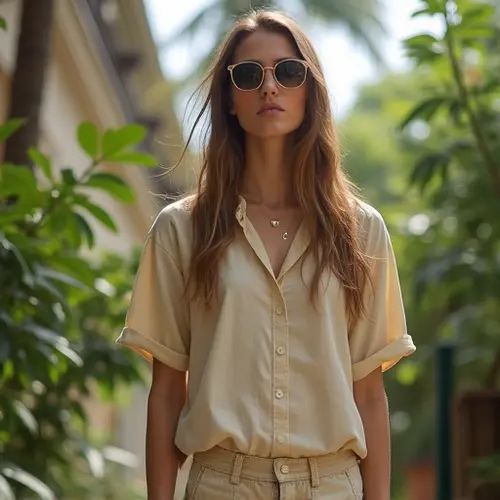
The Rise of Sustainable Fashion
Sustainable fashion is no longer just a trend; it has become a movement reshaping the industry. Brands are now focusing on creating long-lasting, repairable, and recyclable clothing to minimize environmental impact. This shift is driven by consumer demand for ethical and eco-friendly products, as well as regulatory pressures to reduce waste and carbon footprints.
Key Players in Sustainable Fashion
Companies like Patagonia and ESPRIT have been pioneers in this space since the 1990s. Their commitment to sustainability has inspired newer brands to adopt similar practices. In 2025, the market is flooded with ethical fashion labels, such as those listed in The Good Trade’s 99 Sustainable Clothing Brands, which cater to various budgets and styles.
Innovations in Eco-Friendly Clothing
From biodegradable fabrics to zero-waste production techniques, the industry is innovating at a rapid pace. The Higg Index, developed by the Sustainable Apparel Coalition, is now a standard for measuring environmental and social impact. Additionally, policies like the EU’s REACH regulations ensure that harmful chemicals are minimized in clothing production.
Challenges and Criticisms
Despite progress, challenges remain. Overproduction and greenwashing are still prevalent issues. The 2018 Burberry scandal, where unsold goods worth millions were burned, highlighted the need for systemic change. Experts argue that true sustainability requires a shift in consumer behavior and stronger industry regulations.
The Future of Sustainable Fashion
The future looks promising as more brands commit to circular fashion models. Repair services, rental platforms, and second-hand markets are gaining traction. With continued innovation and consumer awareness, sustainable fashion is poised to become the norm rather than the exception.

 Nederlands
Nederlands
 English
English
 Deutsch
Deutsch
 Français
Français
 Español
Español
 Português
Português